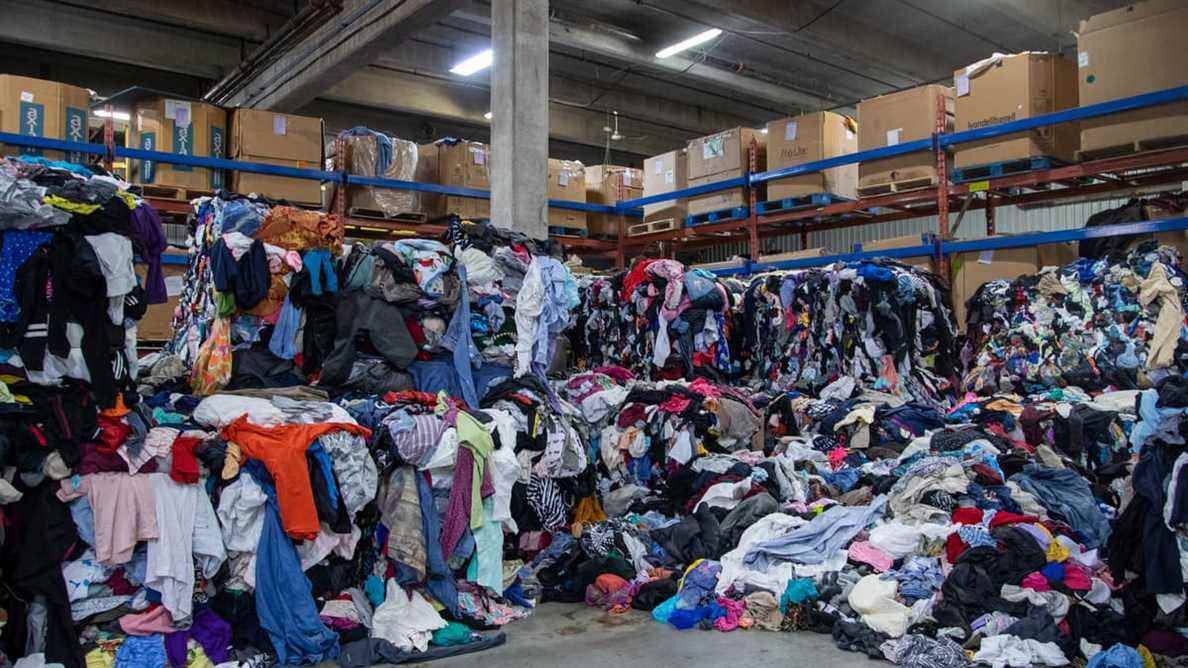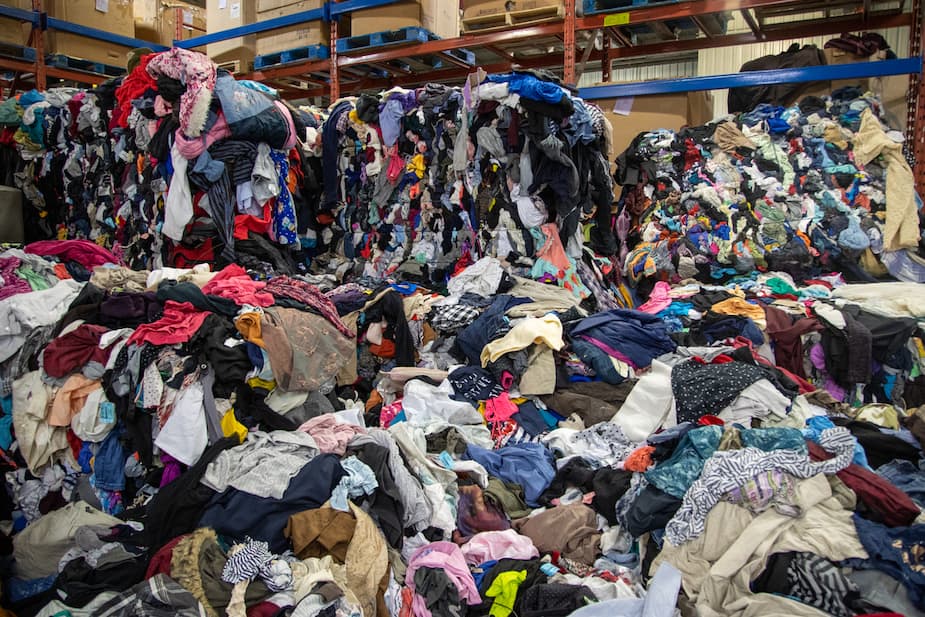Second-hand clothing shopping is becoming more and more popular, to the point where the global market share of this sector is expected to exceed that of the brands of fast fashion before the end of the decade. It is a small revolution that is being played out in the shadows.
• Read also: The journey of a t-shirt: made in China … and India and Bangladesh
• Read also: What do we really mean by “local purchase”?
At the Renaissance thrift store, located in Mont-Royal, used clothes pile up and form mountains. Here and there, we recognize labels: Adidas, Zara, Gap … In this temple of reuse, the scraps of fast fashion converge and transit to their second life.
• Read also: “There is a story behind every song”
“We are in a capitalist country. People are consuming. But here, I know that what we are doing is useful, ”argues the manager of the 120,000 square foot warehouse, Jalal Chantit.
The global resale industry has reached a value of $ 36 billion this year, according to the latest report from thredUP, an online resale platform that bills itself as the world’s largest thrift store, which recently went public.
The value of this market is expected to double over the next four years to reach $ 77 billion; growing 11 times faster than the rest of the clothing industry, according to these data.
“We are in the early stages of a radical transformation in the retail industry,” says company CEO James Reinhart in the introduction to his report.
A lucrative market
Big fashion brands have sniffed at the bargain. Levi’s now has a second hand section on their website. The same goes for Patagonia. Luxury designers like Stella McCartney buy back and sell their products cheaply. In Quebec, the Womance brand is doing the same and the Simons store in Quebec City now has a used clothing section.
• Read also: Sell used clothes by borrowing the codes of fast fashion
• Read also: Here’s what H&M actually does with your used clothes
“By seeing what they are able to resell a second time, they will see which products keep their value the most and ultimately bet more on that”, notes the teacher at the École supérieure de mode and columnist Madeleine Goubau.
“It may be the beginning of a distance from ephemeral fashion,” she believes. This is a segment of the market that is really promising. ”
On TikTok, the hashtag #Thrifted [trouvé en friperie] has 4.1 billion views.
“I found this for $ 7!” launches an influencer, a little flowered dress in hand. Her audience congratulates her with 284,000 likes.
“There is democratization, a change among consumers,” remarks the director of Renaissance, Éric St-Arnaud.
The organization of economy and social reintegration began to decline a change of image in its shops and on its website. The logo, in particular, has been changed as well as the positioning of the checkouts in shops.
“It brings a clientele and a shopping environment for Mr. and Mrs. Everyone,” he says. The idea is to create an environment that is as interesting as possible for diversity and inclusion, ”he explains.
The used, a pride
The director recalls that when he started with the organization, almost 15 years ago, some customers used to turn their shopping bags upside down to hide the Renaissance logo.
“People were embarrassed to come. […] Today, no one is, all classes combined. People are proud to have saved, but we are now adding another value, which is the environment, ”he underlines.
This observation is shared by fashion journalist Lolitta Dandoy, author of the blog Fashion is Everywhere, who has made second-hand fashion her hobbyhorse.
“It has become much more mainstream and I think the number one reason is an interest in the environment,” she said. In recent years, more than ever, we have heard how harmful and polluting the fashion industry is. ”
She also intends to revive her defunct online resale store, which she had launched in 2011, then closed for lack of customers.
“I consider that there is finally a real interest,” she said.
The battle is not won
Although resale is booming, it is still far from being a standard in the fashion industry, warns Madeleine Goubau.
“We have never been so far in the fast fashion with brands that create algorithms to give us exactly what we are looking for and we are surrounded by sponsored influencers who maintain the standard, ”she emphasizes.
According to data from thredUP, the second hand will achieve market share of 18% in 2030, far ahead of the 9% of the fast fashion.
But the wardrobe of the average consumer will still be 80% new.
“Valuing quantity is a way of consuming that is so ingrained that change must go through people we respect, such as stars and influencers, who will make it vulgar to have too much things and to be constantly dressed differently, ”believes Ms. Goubau.
In Quebec, influencers who promote second-hand fashion in the public sphere are a minority.
The battle has only begun.
Mountains of clothes
Renaissance thrift stores receive nearly 20,000 tonnes of items per year. About 70% are clothes, shoes and accessories.
Of this number, around 70% will be sold in stores or at the clearance center and around 30% will be sold by weight, especially to resellers who ship them to other countries where there is a market for second-hand fashion or to companies that make rags of it.
Less than 1% of textiles will be discarded and only when they are unusable (when there is presence of mold, for example). It still costs the organization nearly $ 600,000 per year to responsibly dispose of items that have reached the end of their useful life.
Resale websites and apps
- thredUP
- Vinted
- Poshmark
- Marketplace
- Depop








